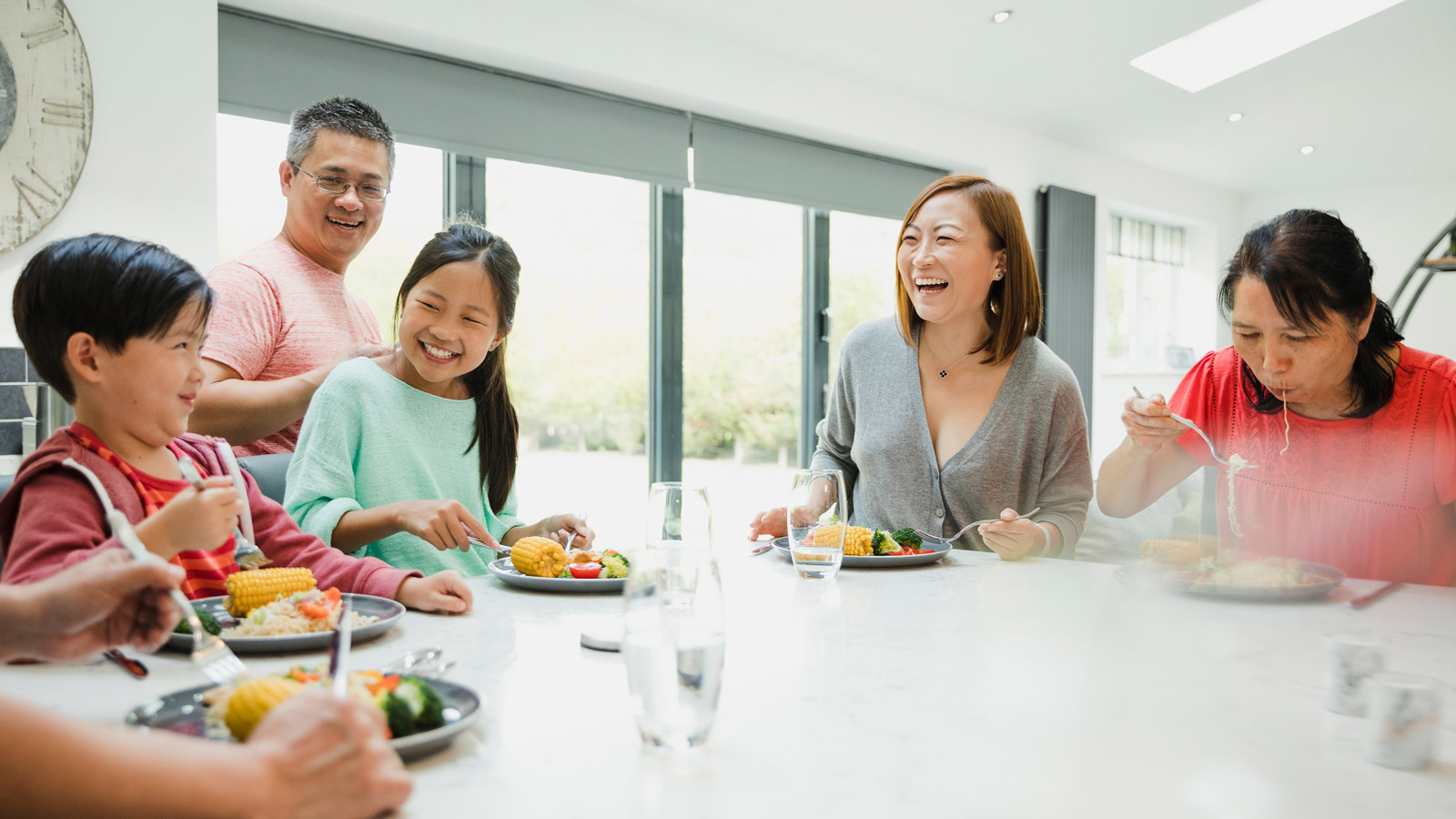Do you live to eat or eat to live?
Not to sound greedy, but I think that I belong to both categories. If my stomach is growling, my quick fix is to grab any food that is convenient, but at the same time, I do enjoy savouring a delicious meal.
I’m foodie enough (and probably pretty good with my sense of taste and smell too!) that I can give a good guess at the spices and ingredients of flavourful dishes.
Growing up, I had meals cooked at home all the time. My grandma cooked, my mum cooked, and various helpers over the years cooked. Even now, my aunt who lives with us, wields a mean kwali in the kitchen.
And they all brought their individual recipes with them.
Hearing the older generation talk about their unique family cooking styles and how they originated leaves me deeply impressed at the power of food. Food does bring people together and here is why:
Food brings awareness to rich family heritages
Whenever my mum makes popiah at home, she would highlight the hard work behind the many ingredients needed to replicate the recipe her mum (my grandma) taught her. She would talk about how to choose the correct mang kuang (jicama), what kind of Chinese parsley to use, and to include french beans, tau kwa, omelette egg slices and a uniquely Hokkien ingredient – meat patty strips (made from frying meat coated with flour).
That is the Soh family popiah – oversized yet nicely wrapped, chock full of ingredients with a dash of family history.
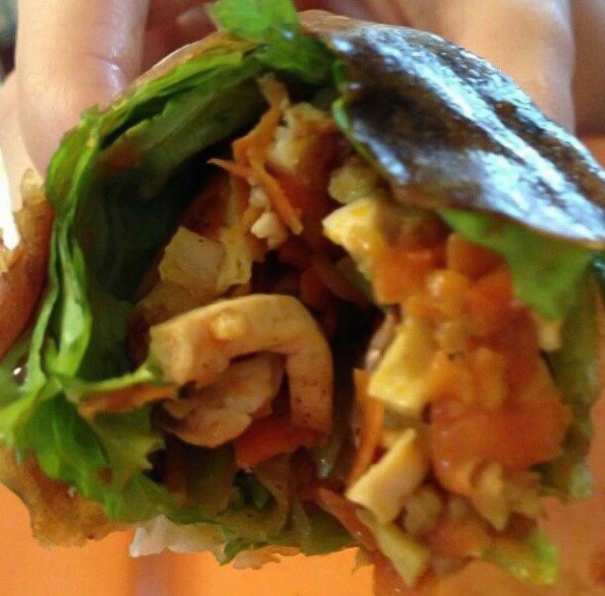
Similarly, during extended family gatherings, when our homemade ngoh hiang rolls make an appearance, it’s common for my cousins and I to hear from our parents about how their mum (our grandma) would insist on chopping the ngoh hiang meat by hand (for better texture!) instead using a machine.
My aunt will also share how she and her family of eight siblings would look forward to eating their favourite red glutinous rice wine chicken during big occasions like Chinese New Year and tell us about the little quirks that her mum taught her when fermenting the wine.
“You can’t ask questions during the process, else the wine won’t ferment,” she would say. Why? We would ask her. She would laugh and say: “How would I know? I couldn’t ask questions!”
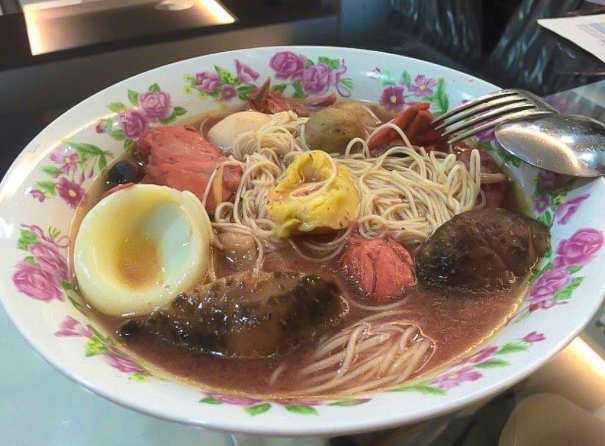
Food creates fond childhood memories
When my siblings and I were young, Mummy always used this line on us whenever we complained that the food she cooked was too spicy: “Singaporeans must learn how to eat chilli.”
That mantra became a fond childhood story that my siblings and I would share with others on how we got our high tolerance for spiciness.
It was also through such conversations where Mummy shared with us about the different food she craved for during her pregnancy and how that affected how we looked like when we were born!
Other stories you might like
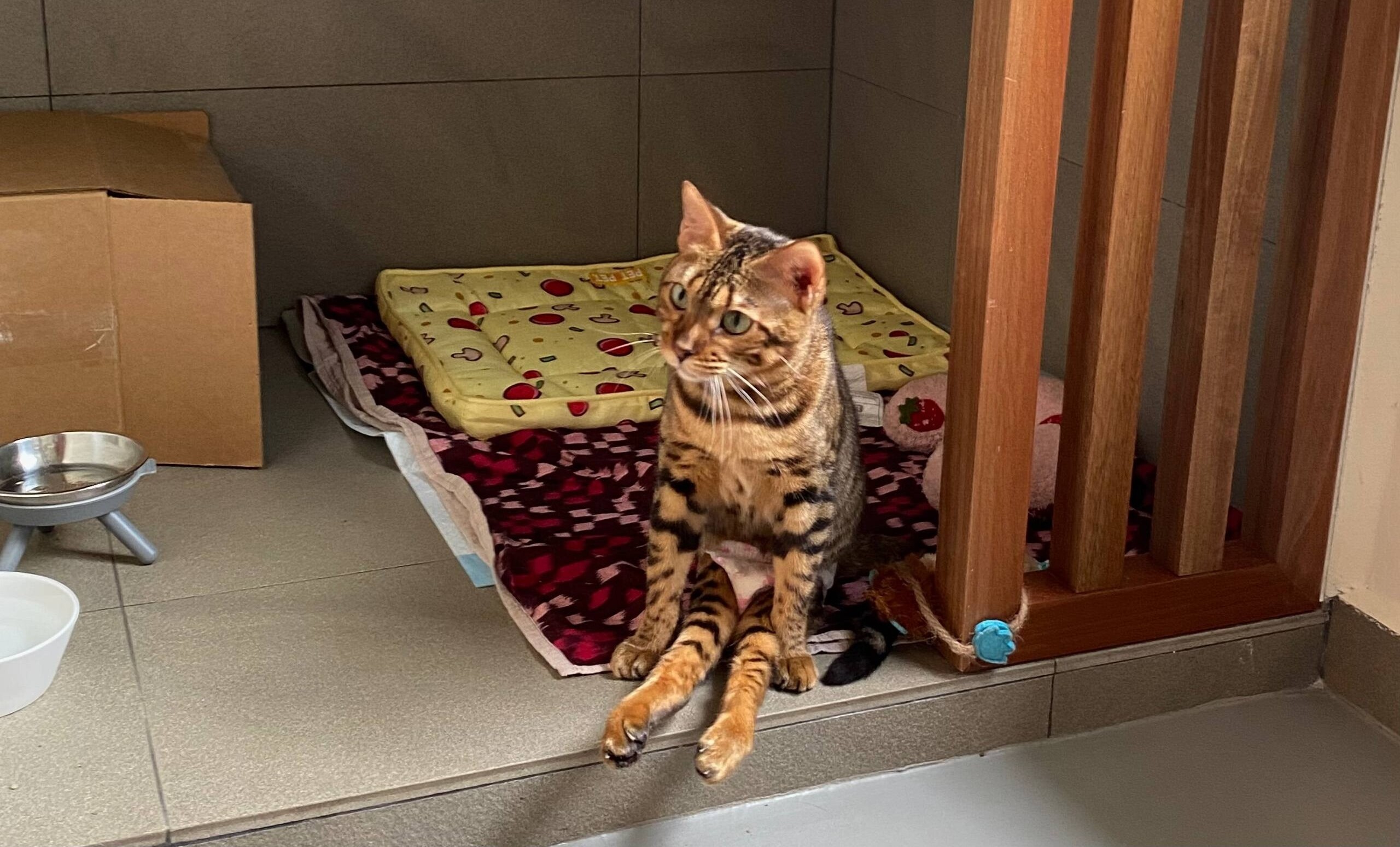

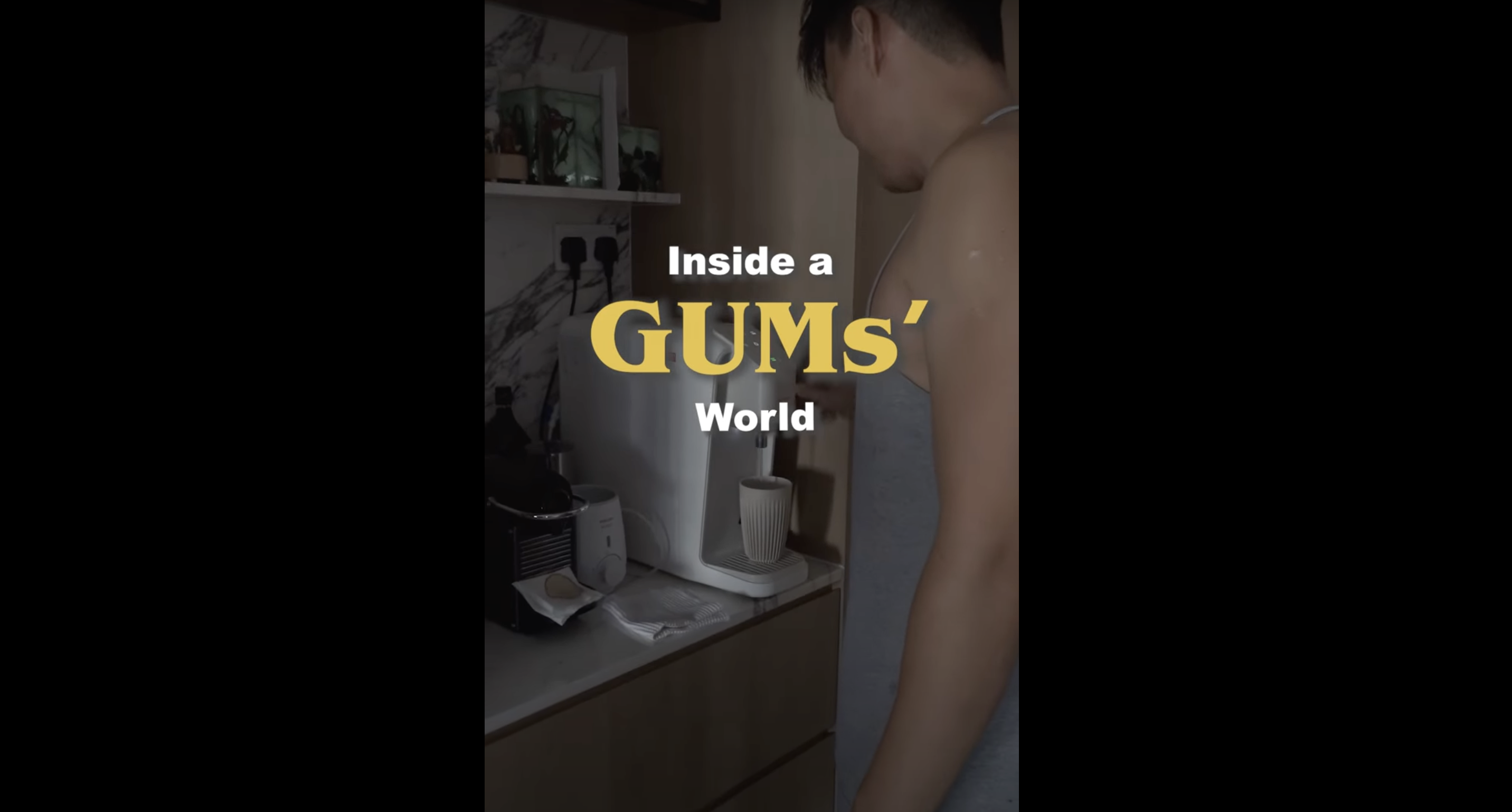
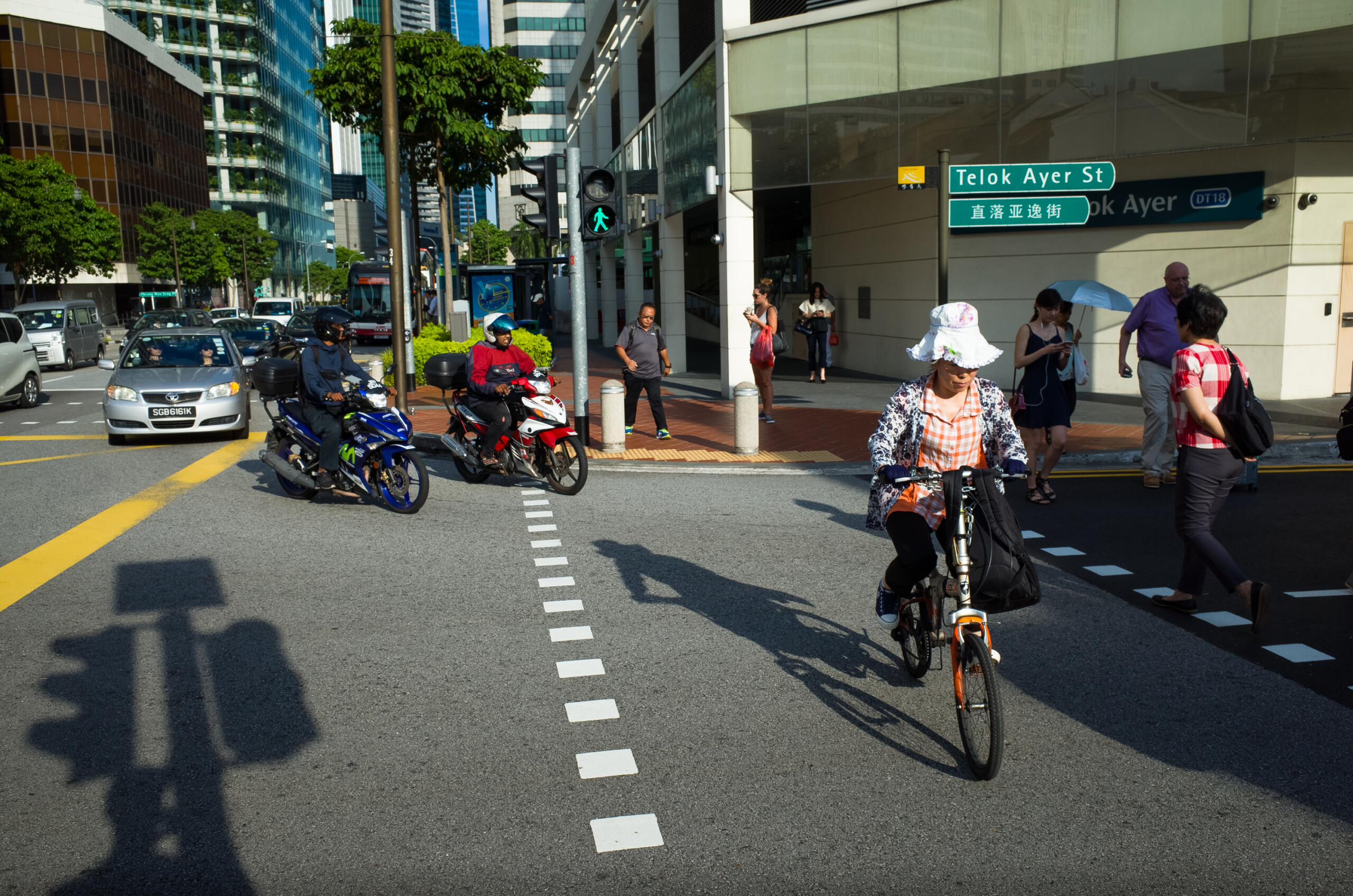
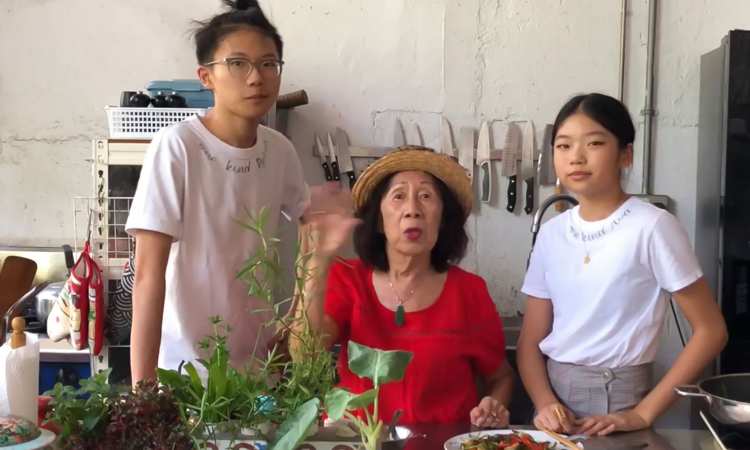

For example, she says that my sister’s fair skin was due to her cravings for tofu and soya bean. On the other hand, she would laugh and tell me that I made her crave for laksa and mee siam instead. I have no idea how true this is, but it definitely gave us a lot to joke and share about!
Food tears down walls of differences
I recall my mum and aunt telling me while I was growing up about this particular helper (I was too young to remember her name) who was taking care of my grandma.
She made the perfect kaya, something she learnt in Singapore and my mum and aunt told me how the family would eat it on toast every morning for breakfast.
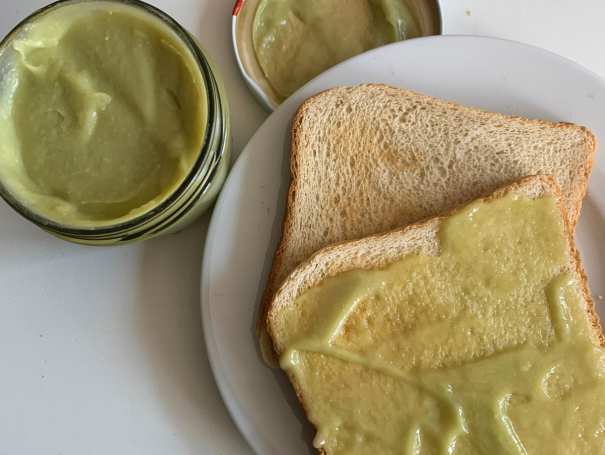
I remember another helper who would passionately share her specialty dishes and how my family gladly gave her the free rein to cook them for us. Within a week of joining the family, she was whipping up dishes like lontong and mee soto and that helped to break the ice as conversations that started off around her recipes often revolved to her life back in Indonesia.
Food helps us reminisce about the good old days
From time to time over the dinner table, Papa will share about the comfort food that he used to make after booking out of army camp back in his younger days. It may have been just a simple fried rice, but adding in his favourite ingredients, whipping it up in a few minutes, before tucking in was a fond memory that never fails to leave him grinning from ear to ear whenever he talks about it.
He also likes to tell us about how KFC (back then, it was still called Kentucky Fried Chicken) used to be a restaurant where diners ate on porcelain plates and with metal cutlery instead of the plastic disposables we use today.
His favourite soft drink is still Kickapoo, except that he used to drink them from glass bottles instead of the aluminium cans we see today.
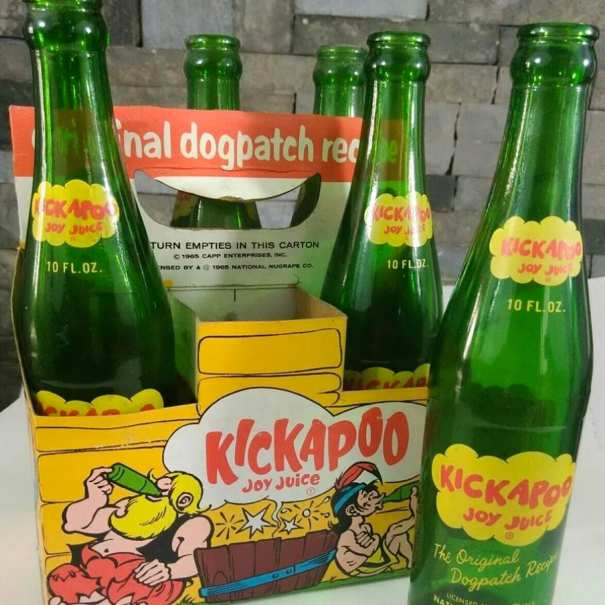
Hearing such anecdotes from my dad warms my heart and I am grateful to know what life was like for him having been born in the 1950s. I would never have had to experience that era if not for him reminiscing those good old days over a plate of fried rice for dinner.
Food opens discussions on parenting
“What would you do if your kid tells you that he or she doesn’t like to eat vegetables?”
I recall asking my fiance’s mum over a meal when she was on the topic of parenting. Thoughts about how to inculcate good eating habits from young also pop into my head whenever I see my one-and-a-half-year-old niece fuss over food when my brother and my sister-in-law visit us for dinner.
Now that I’m working from home, I miss lunches with my colleagues, where they would share about what they cooked for their families and what favourite food their kids liked to eat.
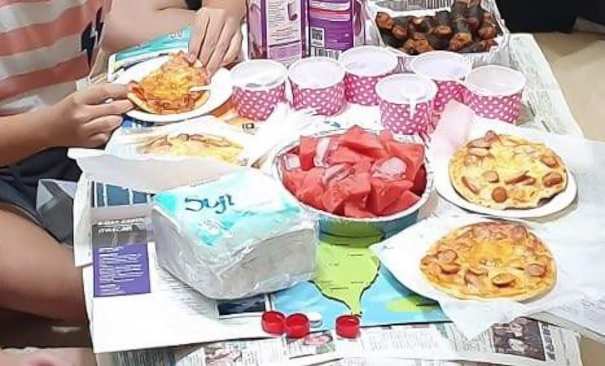
On another occasion, while my fiance and I were making pizza at home, we ran out of ingredients because we were too generous with the toppings. Looking at the bare pizza bases sparked a learning moment on parenting (pace yourselves!) that got us laughing so hard.
Food helps us find our way closer to each other, whether or not we gather to prepare a meal or sit around a dinner table together.
Let’s not forget a simple truth: Food shared tastes better. So don’t be shy to invite friends and family or even neighbours to makan together. It’s a way to share your culture, family traditions and show kindness to one another.
If you like what you read, follow us on Twitter and Google News to get the latest updates.
